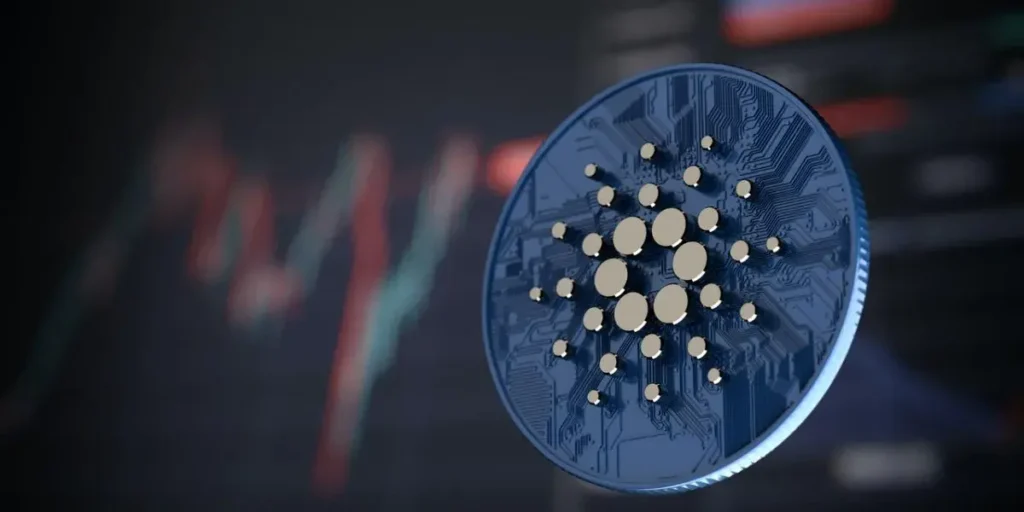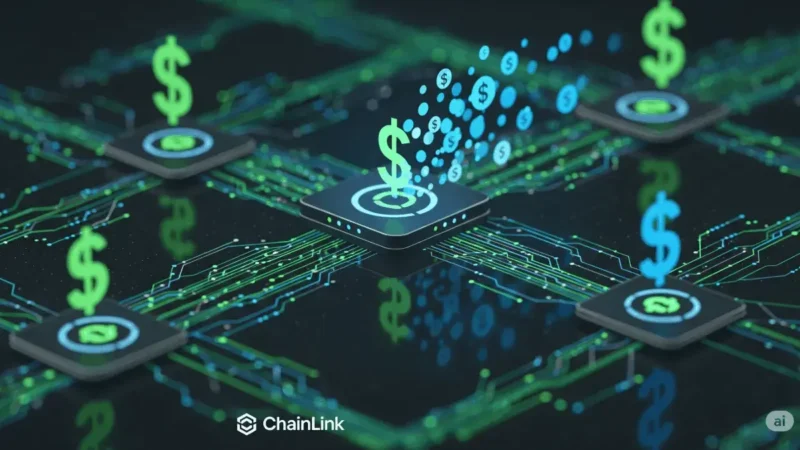Five years of Cardano: What’s next?

On September 28, Cardano, the blockchain around Ethereum co-founder Charles Hoskinson, celebrated its fifth anniversary. The project has already achieved a lot since it started in 2017, although the development team at Input Output Hong Kong (IOHK) is known for its scientific (i.e. rather slow) way of working. However, after half a decade, three of the five major periods on the roadmap have been ticked off.
In the current era called “Basho”, Cardano is working on the scalability of the blockchain. Charles Hoskinson recently announced the start of the next era (called Voltaire). It is the last phase before Cardano “completion” in the fifth phase. Voltaire is paving the way for the fully decentralized management of the blockchain.
Most recently, major changes in terms of speed and infrastructure followed with the Vasil update on September 22nd. The project is slowly but surely working its way forward. What’s next for Cardano? An overview.
Cardano: applications and stablecoins
In September 2021, Cardano brought smart contracts to the blockchain with the Alonzo hard fork. There are now more than 3,000 of them. The already huge Cardanos ecosystem is benefiting from performance gains and more efficiency with the recent Vasil update, as the size of the transaction data has been compressed. The decentralized exchange Muesli-Swap announced that it had halved on-chain fees .
Vasil now allows more complex applications on Cardano. The DeFi sector should experience a major growth spurt as a result of this and the increased performance. Because there is plenty of room for improvement in these matters. Cardano’s Total Value Locked (TVL) is currently just under $75 million. This puts you in the DeFi ranking even behind blockchains like EOS that were believed to be dead. There is always room for improvement.
One important component for mass adoption has been missing in this regard: stablecoins. Currently, tokens in the DeFi area of Cardanos are valued against the domestic ADA coin. Well-known stables like USDT and USDC are missing and otherwise there are no highly liquid dollar equivalents in the network. But that is about to change.
With the DJED stablecoin, the COTI project is bringing a new type of algorithmic stablecoin to the blockchain. Unlike other networks, it should even be able to be used to pay transaction fees. Users benefit from intuitive handling.
With the launch of the DJED stable, the major lending protocols and decentralized exchanges could integrate an important link of crypto trading onto their platform, which should significantly increase demand and liquidity on ADA.
To this end, Emurgo, one of the two companies behind the development of the blockchain, announced its financial support in the form of a fund for new and existing applications . Over the next three years, Emurgo wants to fund projects that build directly on the Cardano blockchain with up to 200 million US dollars.
100 million of this alone is to flow specifically to projects in Africa. The team behind ADA has been focusing on this region for a long time and is already providing increased support via the “ProjectCatalyst” incubator .
Scaling
The Vasil update was just part of the ongoing basho-era scaling effort. The endgame of blockchain performance is the layer 2 solution “ Hydra ”. For Cardano, it is just as important as sharding on Ethereum.
In theory, one million transactions per second would be possible on Cardano after full implementation. In a blog post, IOHK explains in more detail how this is supposed to work.
There is no more precise time window for the scaling. However, the first integrations into Cardano’s test network have been completed this year. According to past statements by Charles Hoskinson, Cardano’s roadmap ends at the end of 2023. Until then, full implementation of the scaling can be cautiously expected.



